VIEW BY CATEGORY:
Hi, we're Hunter and Sarah, a husband-and-wife, luxury wedding photography team. We’re also educators, helping other photographers build profitable and sustainable photography businesses.
MEET US
LOOKING FOR SOMETHING?
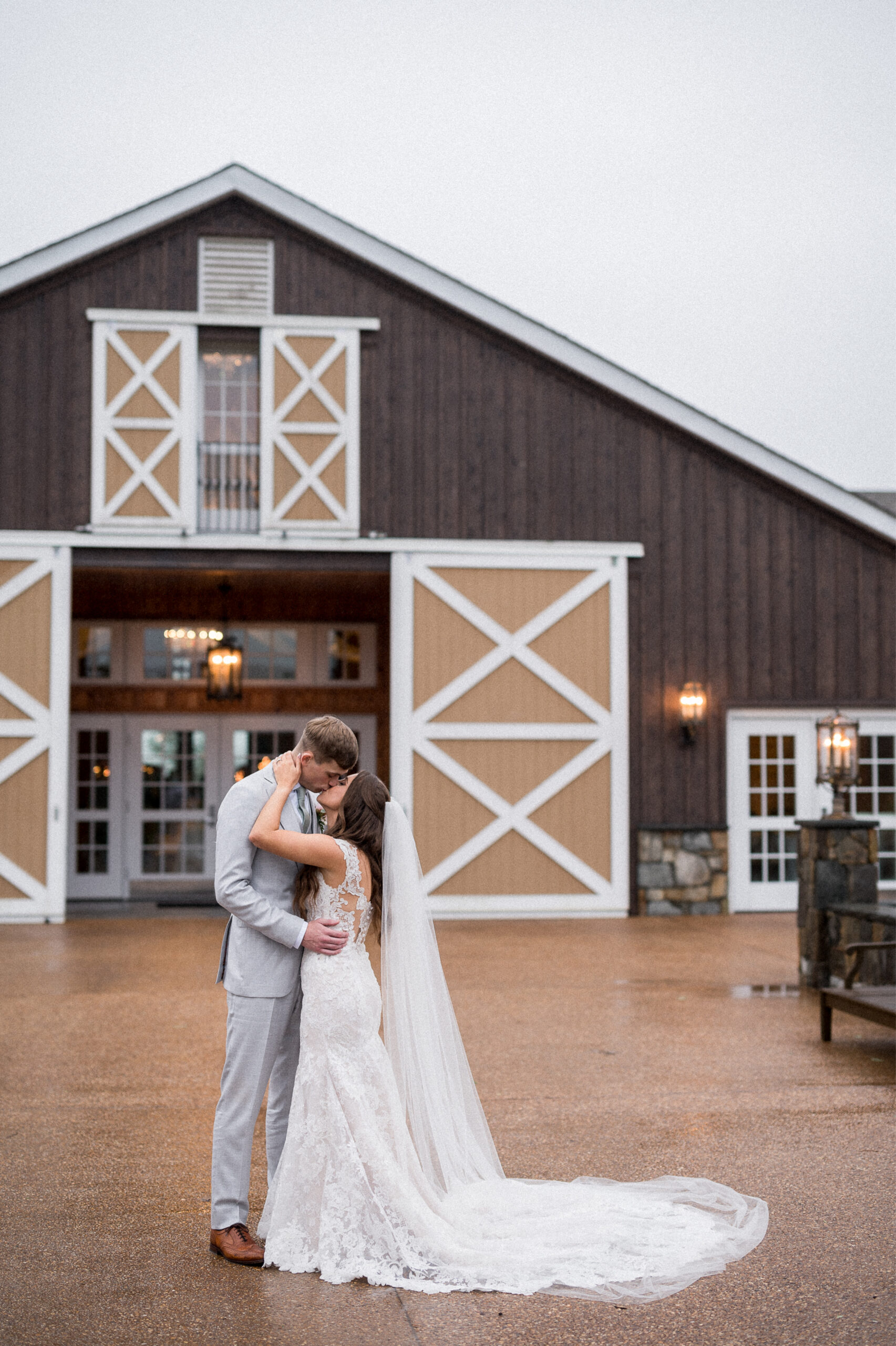
Should I List My Photography Prices on My Website?
December 1, 2022
—
If you’re wondering how much of your pricing information you should list publicly on your photography website, this is the blog for you. Today, we’re sharing another one of our pricing secrets, and why we believe that you should list some, but not all, of your photography prices on your website.
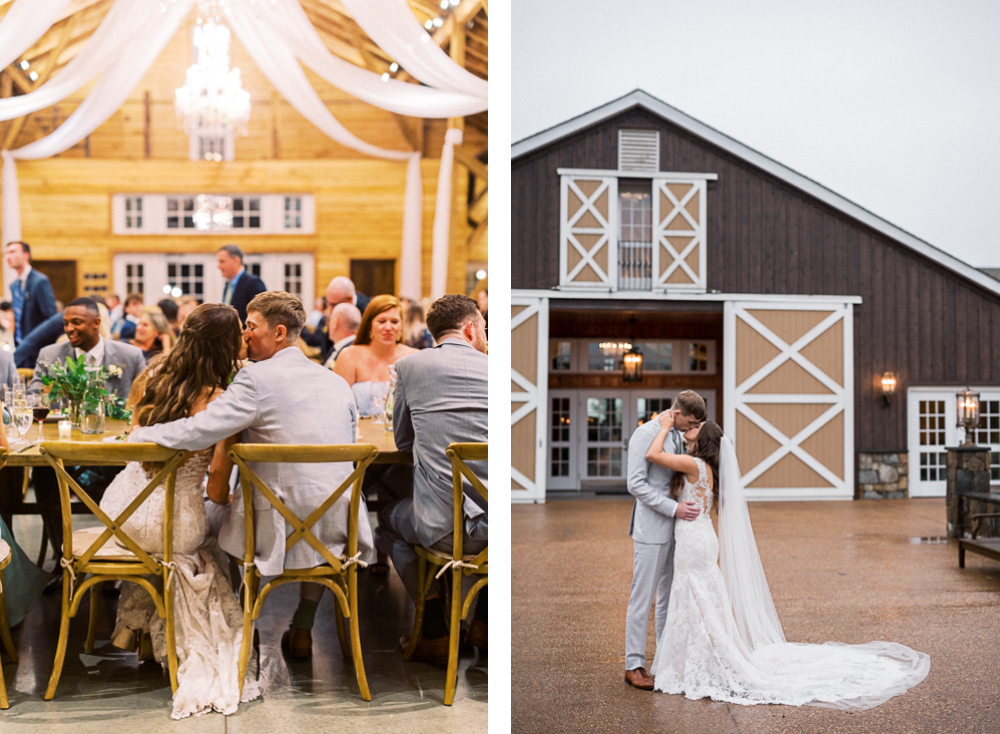
Pros of Sharing Your Photography Pricing
For starters, let’s talk about all the reasons why you should include at least some of your pricing on your website. If you’ve ever shopped on Amazon or any other website, then you probably expect to see the price of what you’re looking at when you shop. But occasionally when shopping online, you might see something like “add to cart to see pricing”, and it’s a little bit disorienting. Or if you’ve ever been inside a store that didn’t have prices listed, your first thought was probably, “If I have to ask someone how much this is, I probably can’t afford it.”
As consumers of anything — whether it’s laundry detergent or a pair of leggings or a family photography session — we want to have at least some idea of the value of what we’re looking at. And that goes double for wedding photography, where most of your clients are going to have a fairly strict and well-established budget. If your clients have $1,500 to spend on photography for their wedding, but they go to your website and there’s NO pricing indicated anywhere, maybe some percentage of those people might care enough to inquire to find out where your pricing begins, but we would guess that close to 80% of people will just click out of your website and find someone else who has more clearly listed pricing. For all they know you could charge double or even triple their budget, so why waste time reaching out to you?
And this is especially true for portrait photographers who are just getting started, and are therefore charging relatively low prices. At the lower end of the market, clients are very simply looking for someone within their budget who doesn’t suck, and they don’t wanna waste their time reaching out to a ton of photographers just to find out what everyone charges. They’re just trying to very quickly do some research, find a handful of photographers in their price range, and reach out to get pricing and availability. For all these reasons, we think having absolutely no pricing on your website is a mistake.
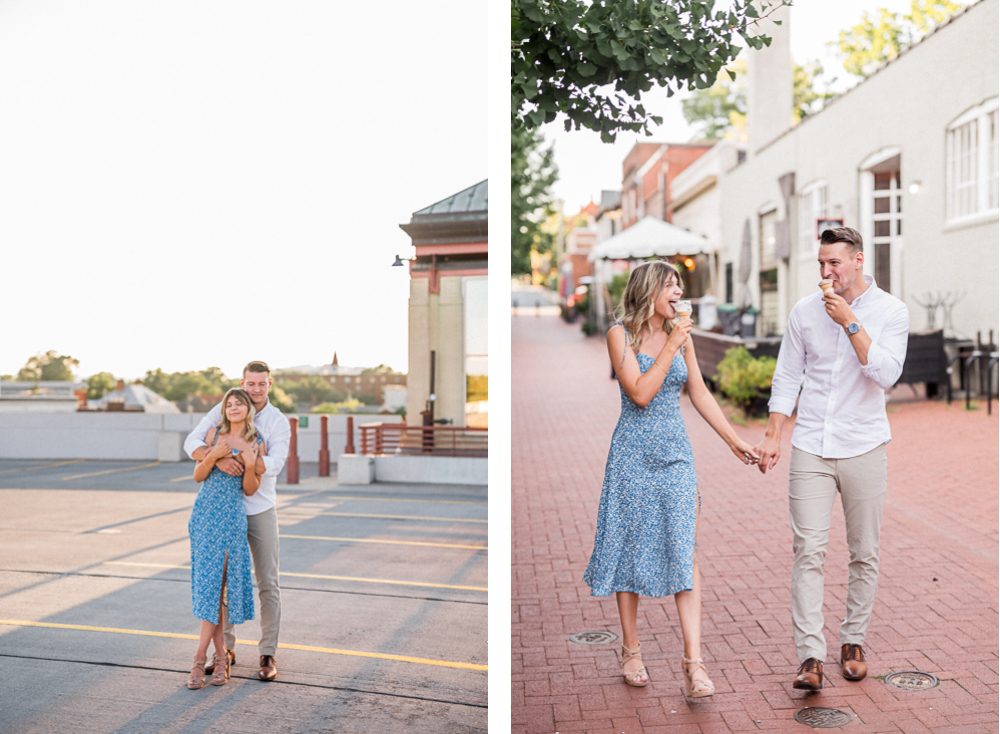
Cons of Sharing your Photography Pricing
But on the other hand, you definitely won’t hear us recommend that you share your full pricing information publicly on your website. If you read our blog post from last week (here), you know that we’re BIG fans of customizing your travel fees for portrait and wedding photography. The main assumption behind the way that we price our travel fees is that: we don’t want to commit to any given pricing structure without first having all of the details. We called this our “Intuitive Pricing Method”, because we think mostly about what feels good and what makes sense for us, instead of trying to find a one-size-fits-all approach to pricing.
Speaking of things you may have missed… did you know that this past Tuesday, we hosted a workshop called “Pricing for Wedding and Portrait Photographers: How to Know What to Charge to Get BOOKED!” If this sounds like the kind of 2-hour workshop that would help you and your business, don’t worry if you missed it! The replay for the entire workshop and ALL of our pricing secrets is available for purchase at THIS link!
After all, knowing whether or not to list your prices on your website won’t help if you’re charging way below or way above what you’re worth as a photographer. But figuring out what to charge for your wedding and portrait photography services can feel overwhelming and confusing. So in this two hour workshop, we broke everything down so that our students can learn exactly how much to charge for their products and services, no matter where they live or how much experience they have.
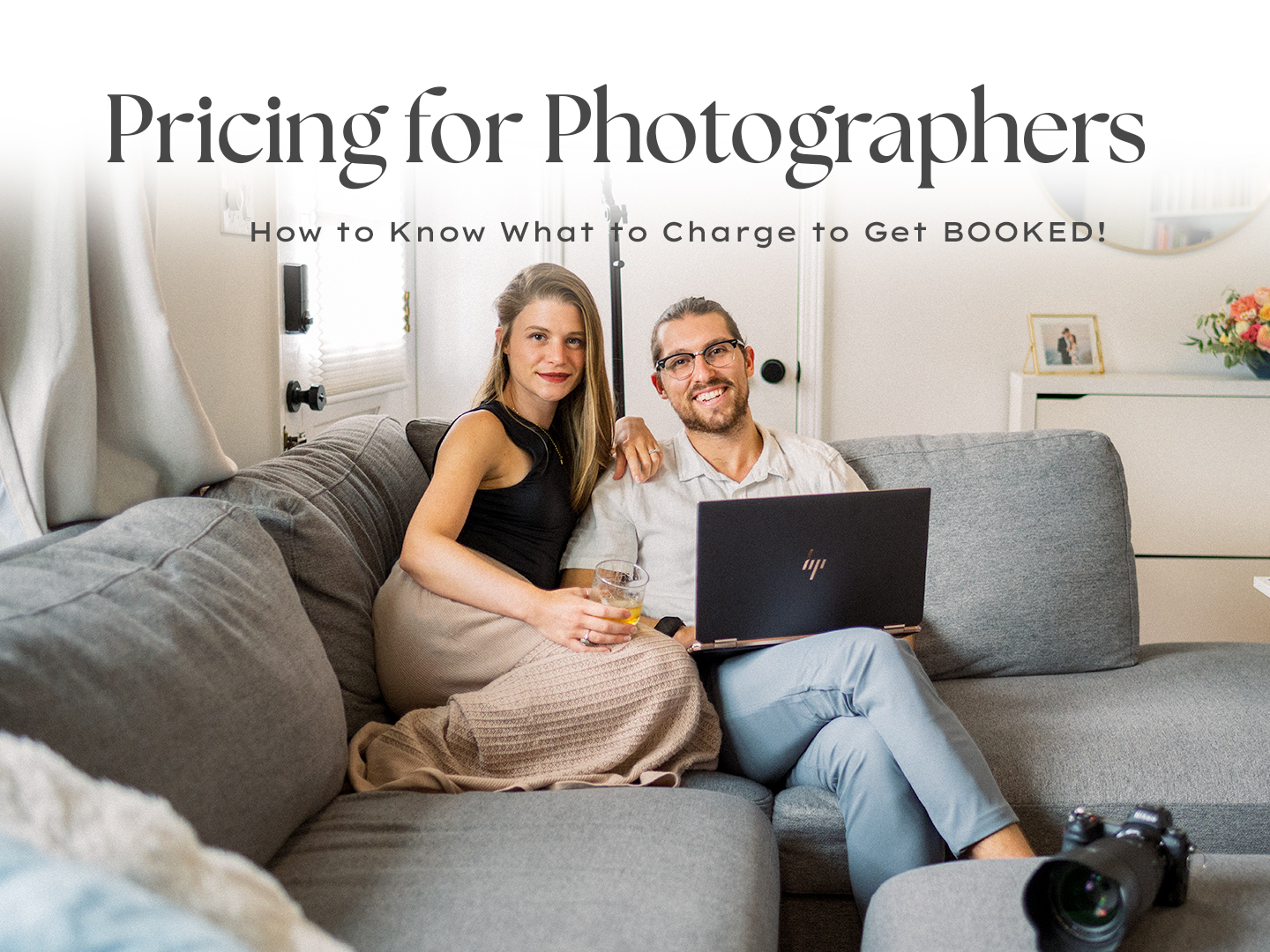
Learn more or reserve your ticket here!
One of the things we covered in great detail was our “Intuitive Pricing Method”. Although that definitely applies to travel fees, in a lot of ways, the same principles apply to our overall Portrait and Wedding pricing, just in a slightly different way. We price our wedding photography services based on a lot of different factors. If we get two identical wedding inquiries, but one wedding is going to be in the dead of winter, and the other is in the middle of our busiest fall season, we might prices those two weddings differently. If one wedding is on a Wednesday afternoon and the other is on a Saturday evening, we might price those weddings differently. And if one of those leads is for a wedding during a month that’s entirely empty on our calendar, we might price that wedding differently than if it’s the second or even the third wedding in a single weekend.
But the problem is, if you put all of your pricing information publicly on your website, you don’t really have that much room for flexibility. If you give every detail of all of your packages and offerings on your website, and someone reaches out requesting something that you’d like to adjust the price on, those clients obviously gonna come back to you and be confused and maybe even upset because they already saw the full pricing on your website, but you send them something different.
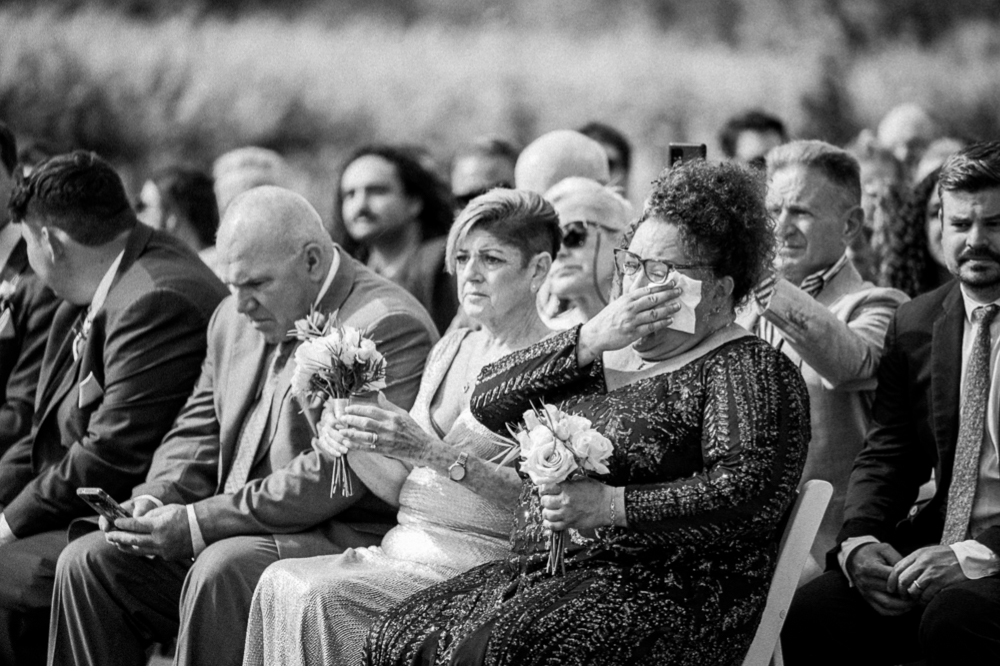
Our Solution: Best of Both Worlds
Our solution lies somewhere in the middle of the two approaches we’ve written about so far. We strongly believe that for both Portrait and Wedding Photographers, you should list a starting price on your website. This gives people who are just doing initial research a rough idea what you charge, and they can qualify themselves. And if you’ve never heard that term before, to qualify a lead basically just means to rule out potential clients who can’t afford you. So self-qualifying leads means that clients who can’t afford you will rule themselves out before they even send you an email, rather than you having to go back-and-forth and send a bunch of emails, only to eventually realize that you’ve been waiting each other’s time because there’s no way they can afford you. This cuts down on wasted times sending emails back-and-forth.
But at the same time, listing a starting price gives potential clients a rough idea, without giving them ALL the information. That way they still have a reason to contact you, and you get an opportunity to sell to them. Because at the end of the day, for big ticket items like weddings, the goal of your website isn’t to get them to book you, but to get them into a meeting with you on the phone or over video chat, and THAT’S where you actually do the selling. Your website is just about qualifying bad leads, and getting the good ones interested enough to contact you.
But only listing a starting price means that if someone inquires based on the starting price for weddings THIS year, but they’re getting married 18 months or two years from now, you can adjust the pricing accordingly. By the way, WHY you might want to adjust pricing in that way is one of the things we covered in our pricing workshop.
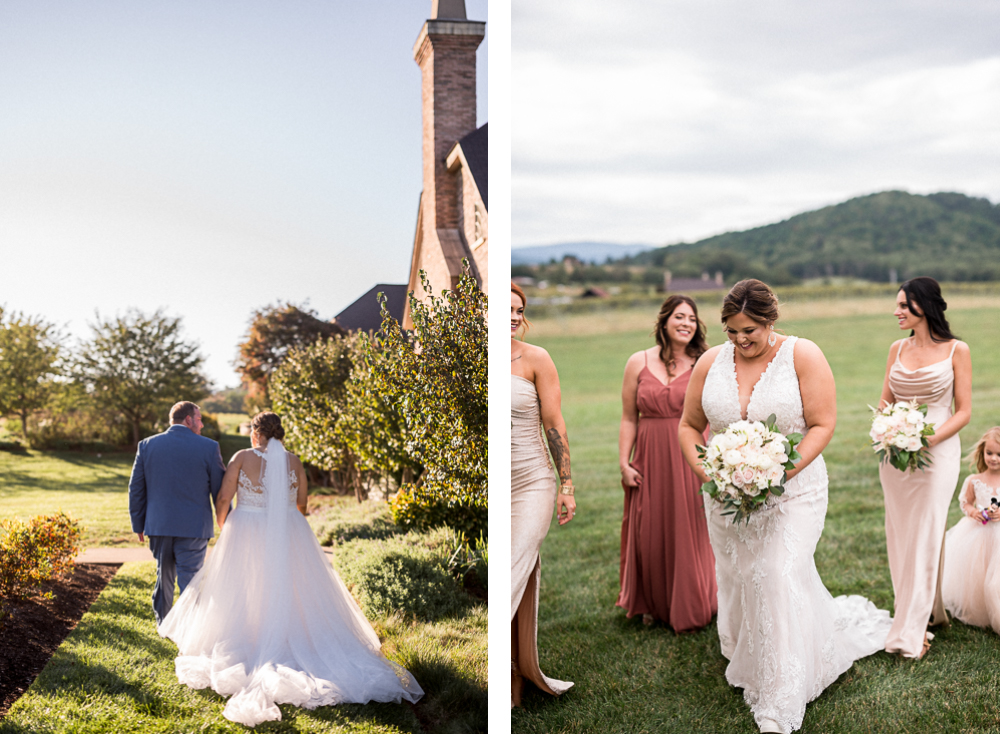
Starting Price vs. Average Price vs. Price Range
Something else we’ve seen some photographers do is list an average price or price range instead of the starting price. They might say something like, “the average Hunter And Sarah Photography client spends $8,250” or “Wedding packages range from $7,500 to $10,000”. But we don’t think that this is necessarily any better than listing the starting price, but does giveaway more information.
We can’t tell you how many times someone has reached out to us because their max photography budget matches with our starting price, but after meeting with them and getting the opportunity to sell to them, they ended up hiring us anyway at hundreds or even thousands of dollars above their budget. If we had listed an average price, instead of a starting price, just that one number might’ve prevented them from reaching out in the first place.
That’s why the starting price is so powerful: it’s the lowest price you offer in order to get people in the door, but you know you’ll have the opportunity to upsell to them later. Of course, your clients also know this since you very transparently labeled it your starting price, but it’s just that initial gut reaction seeing a smaller number versus a big number that might get them through the door in the first place!
Want More?
Click HERE to get your free copy of our eBook: “5 Essential Tips for Turning your Side-Hustle into a Full-Time Photography Business.” You’ll also be subscribed to our newsletter, so our newest content, weekly encouragement, and exclusive offers will be delivered right to your inbox!
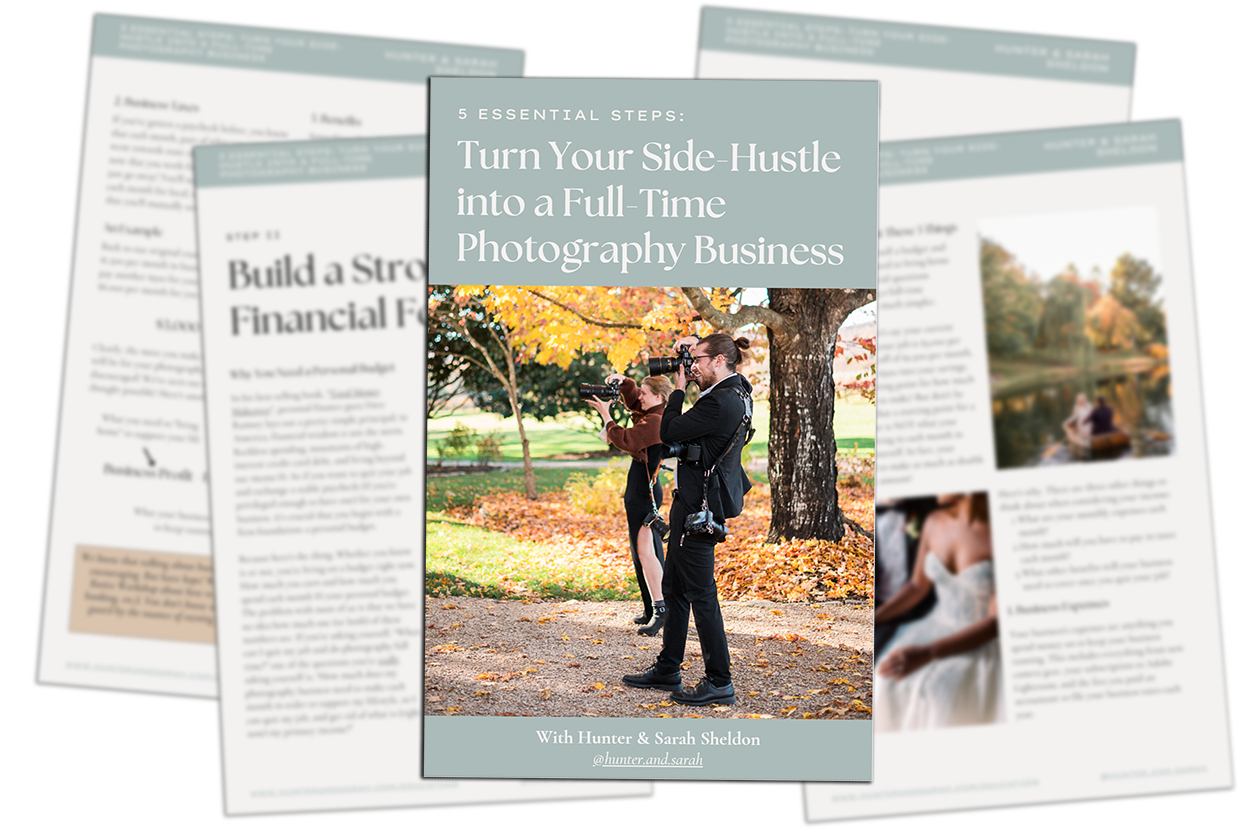
Filed in:
Wedding Photography & Photography Education
Charlottesville, Virginia and Beyond
HOME
ABOUT US
WEDDINGS
JOURNAL
FOR PHOTOGRAPHERS
PRESS & PRAISE
BLOG
CONTACT
e. hunter@hunterandsarahphotography.com
p. (434) 260-0902
